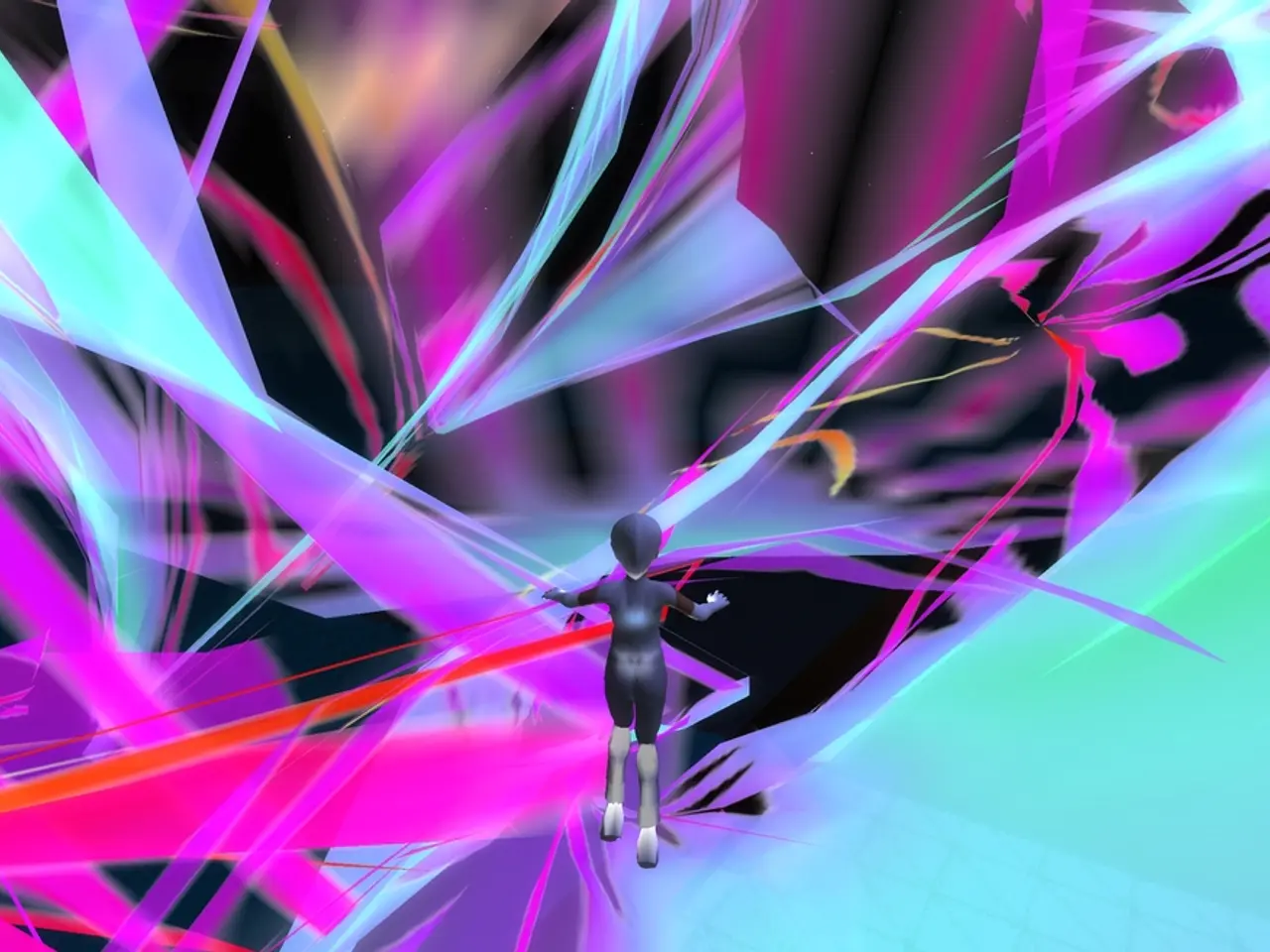Rotoscoping Technique Explained
In the realm of filmmaking and graphic art, traditional techniques continue to coexist with modern digital tools, and rotoscoping is a prime example of this. Despite the advent of new technologies, rotoscoping remains a viable tool in the arsenal of filmmakers and graphic artists.
The digital age has brought about significant changes in special effects, including the film, paint, and software used in traditional animation. Graphics software now allows for working in virtual layers, where each layer can contain animation or effects for each frame. This digital transformation has made it possible to create more intricate and lifelike visuals.
One such technique is colour keying, also known as chroma keying. This process is used to create travelling mattes more automatically by filming actors and other foreground items in front of a single coloured backdrop, and then using film or digital processing to remove that colour (or everything that isn't that colour) to produce mattes for background and foreground elements. Blue screen colour keying, which has been around since 1940, was used in films like "The Thief of Bagdad." However, with the shift to digital post-production work, green has become the most commonly used colour due to its easier lighting and better digital camera pickup.
Motion capture, another digital process, captures the motion of a live actor to create a 3-D computer model of the body and its motions. This technology, which was originally developed to study motion, has been used in film and video games since the mid-1990s. Motion capture allows for an actor's performance to come through in action rather than just voice on a graphically rendered character. It has been used in notable films like "Peter Jackson's King Kong," "Pirates of the Caribbean: Dead Man's Chest," and James Cameron's "Avatar."
However, it's important to note that motion capture is an expensive process and isn't always necessary to tell a good story. Rotoscoping, on the other hand, can be a time-saving solution for filming flubs and other post-production compositing needs. The newer software has become increasingly good at recognizing and properly outlining and masking shapes over multiple frames without animators having to trace exact lines around each and every one.
Graphics software lets users paint over each frame, create complex mattes, change colours, morph items, blur edges, and clone parts of the screen image. Tools like Adobe Flash, Adobe Photoshop, Adobe After Effects, Imagineer Systems' Mocha, Silhouette, Autodesk's Flame and Smoke, Blackmagic's Fusion, Foundry's Nuke, Ocula, and Mari are among those commonly used for various levels of rotoscoping.
Moreover, rotoscoping can be adopted for stylistic purposes to deliver a certain look and feel, as with Richard Linklater's "Waking Life" and "A Scanner Darkly." As technology continues to evolve, these traditional techniques will undoubtedly continue to find new applications and reinventions.
In conclusion, the digital age has revolutionised special effects in filmmaking, but traditional techniques like rotoscoping still hold a significant place. The advancements in software and technology have made it possible to create more intricate and lifelike visuals, while maintaining the artistic freedom and flexibility that traditional techniques offer.
Read also:
- Americans Lose Insurance Under New Tax Legislation, Affecting 10 Million Citizens
- Quick Solution: Eliminating Acne Redness: A Handy Guide for You
- Postpartum Hemorrhagic Hypopituitarism: Understanding its Causes, Symptoms, and Treatments; Focus on Sheehan Syndrome.
- Bee colonies in Zirndorf city have been impacted by American foulbrood - a restricted area has been established. The public is assured that this situation doesn't pose a threat to citizens.




